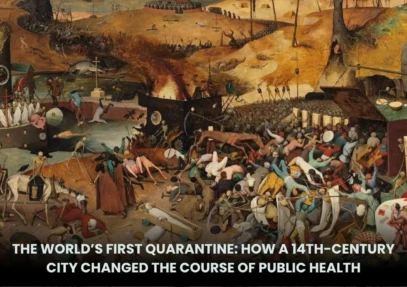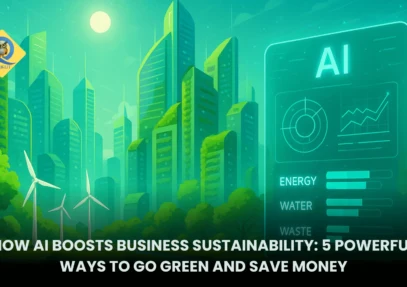What is the role of the kidneys in the human body?
Let's review the statements: The concept of Stupa is Buddhist in origin – This statement is incorrect. The tradition of building funerary mounds existed before Buddhism, though stupas became closely associated with Buddhist architecture and practices. Stupa was, generally, a repository of relics – TRead more
Let’s review the statements:
- The concept of Stupa is Buddhist in origin – This statement is incorrect. The tradition of building funerary mounds existed before Buddhism, though stupas became closely associated with Buddhist architecture and practices.
- Stupa was, generally, a repository of relics – This statement is correct. Stupas were often built to house relics, especially in the Buddhist tradition, where they served as reliquaries for the Buddha’s remains and other sacred objects.
- Stupa was a votive and commemorative structure in Buddhist tradition – This statement is correct. In Buddhism, stupas were constructed as votive and commemorative structures, serving as places for worship and honoring significant events or individuals.
Corrected Answer:
Only two statements are correct.
See less





The kidneys are a pair of organs in the abdomen that perform many important functions in the human body, including: Filtering blood: The kidneys remove waste products and extra water from the blood, which is then excreted as urine. Balancing chemicals: The kidneys help maintain a healthy balance ofRead more
The kidneys are a pair of organs in the abdomen that perform many important functions in the human body, including:
See lessFiltering blood: The kidneys remove waste products and extra water from the blood, which is then excreted as urine.
Balancing chemicals: The kidneys help maintain a healthy balance of chemicals like sodium, potassium, calcium, and phosphorus in the blood.
Regulating blood pressure: The kidneys release hormones that help control blood pressure.
Stimulating red blood cell production: The kidneys produce hormones that stimulate the bone marrow to make red blood cells.
Maintaining pH balance: The kidneys help keep the body’s pH stable by reabsorbing and producing bicarbonate from urine.
Activating vitamin D: The kidneys help activate vitamin D from diet and sunlight to keep bones and muscles healthy.
Making glucose: The kidneys make sugar (glucose) if the blood doesn’t have enough sugar.
The kidneys are located below the ribs toward the middle of the back.